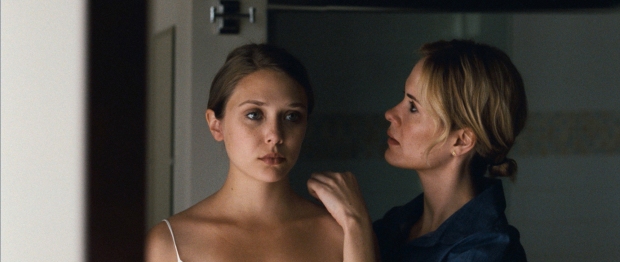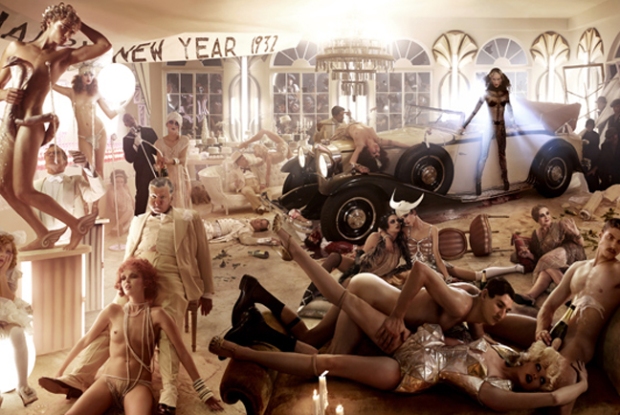
In 2011, there have been three movies that plagued my mind well after I saw them in theaters. Another Earth, Martha Marcy May Marlene, and Like Crazy. Their commonalities are undeniable; beautiful young girls with morose and empty eyes trying to figure out the life laid out before them. Sounds like we’ve heard this story before.
{Spoiler alert: if you haven’t seen any of these movies and intend to see them, you should not read on.}

The girl.
Each movie presents us with a protagonist who undergoes severe emotional shifts that change the course of their easy-going lives. They are now faced with weighty decisions, looming danger, and the acceptance of their fate (and their choices).

The situation.
An extraordinary situation can make us face extraordinary decisions. From escaping an abusive cult to falling madly in love (yes, that’s extraordinary), there are moments where each character has to force self-actualization in order to find relief, reprieve, and resolution.

The choice.
To move forward, we make choices. These choices are defined by our personality. I’ve heard that one should never make decisions based on your past, but rather, your future. Is it possible to extract the history that makes up your present self from the decisions that determine your future?

You.
Here’s the spoiler. Each of these movies ends with a scene that presents further conflict and forces you to imagine what possible ending could and should happen. In a world where we are always seeking solutions and faster ways to get to them, this sort of ending is very frustrating. I’ve realized now that my desire for entertainment is connected to a need for satisfaction. The orgasm. The solution! The kiss at the end of the romcom. Life continues conflict and I want fantasy to solve it so we can all live happily ever after.
But these movies have stayed with me. Their irritating endings have made me want to see them all over again. I keep wondering what ending would have made me happy and why. Do things get better or do they continue to fall apart?
This feels like a new genre of movies. At least, for me it is. I’ll call it Existential Drama. A category of movies that make you examine your own impulses and desires to see what happens next. Using unknown actresses who reek of vulnerability, we find instant connection to their painful humanness. The tension in their lives is almost unbearable. And they’ll let you craft their (un)happy ending.






















